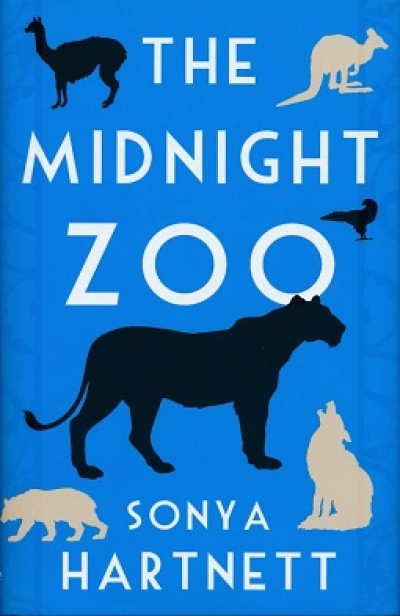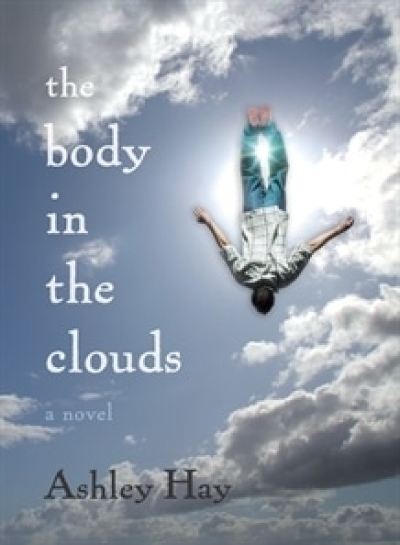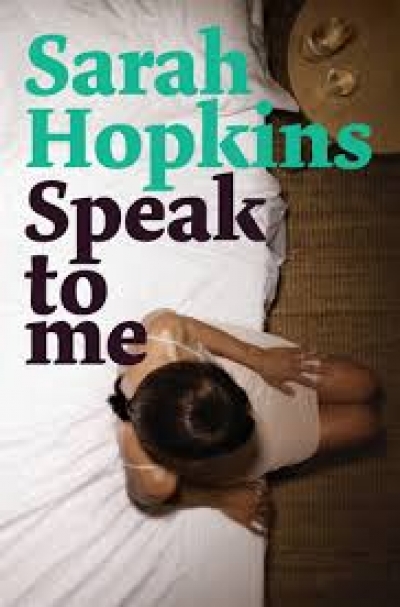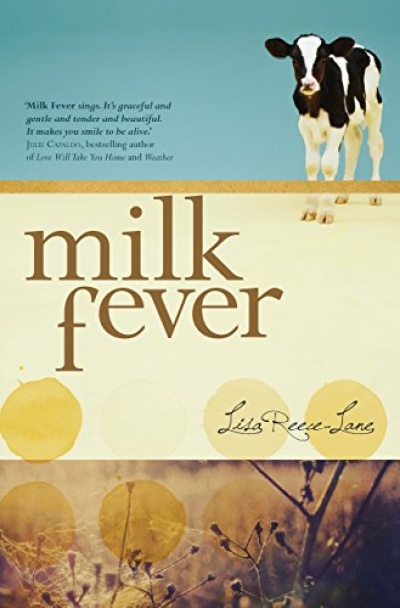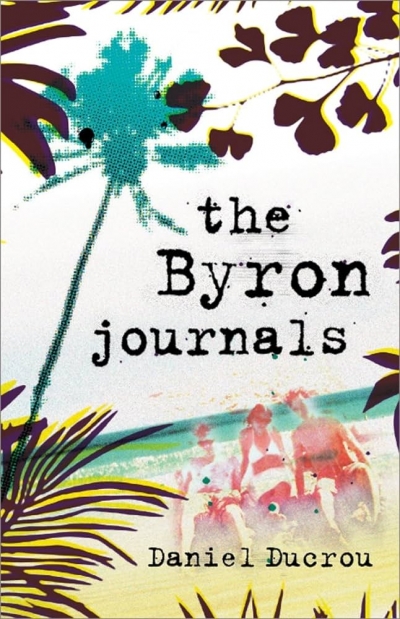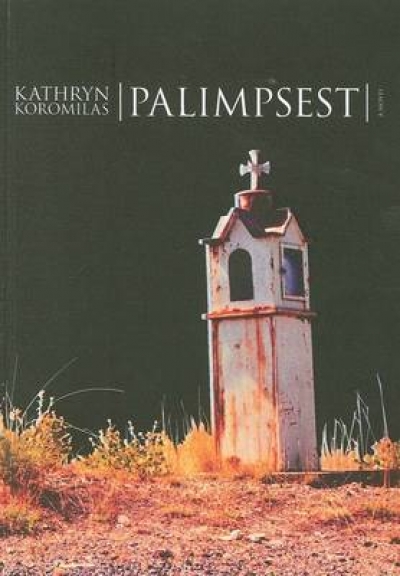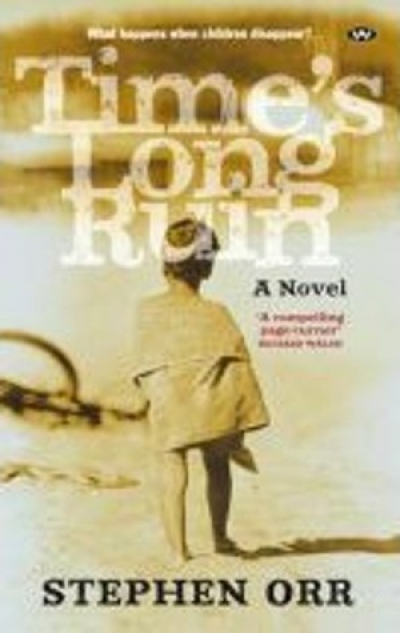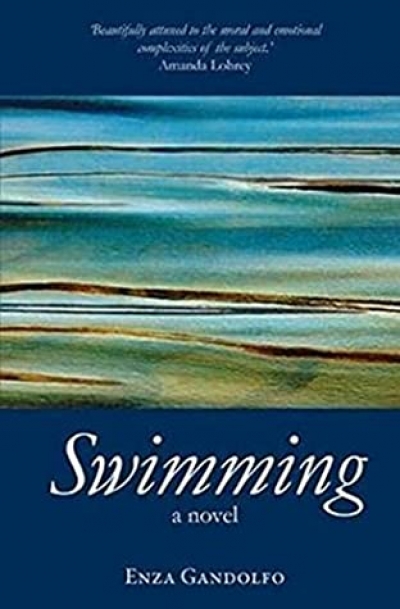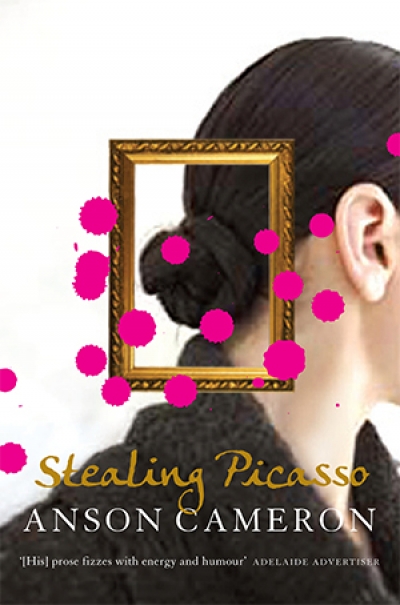Australian Fiction
The Midnight Zoo by Sonya Hartnett & The Red Wind by Isobelle Carmody
by Ruth Starke •
''Tirra Lirra' and Beyond - Jessica Anderson’s truthful fictions' by Susan Sheridan
by Susan Sheridan •
‘Everyone I talk to remembers Tirra Lirra by the River as a wonderful book, sometimes even as a life-changing one. But why don’t we hear anything about it today?’ This was a young journalist who ... ... (read more)
Set in the western suburbs of Melbourne, Swimming is an impressive début novel by Melbourne academic Enza Gandalfo. Kate Wilks, a childless writer in her early sixties, is a strong swimmer, and images of the sea texture the narrative. Now happily married for a second time, Kate encounters her first husband, and the ensuing flood of memories, regret and guilt provides the driving force of the novel.
... (read more)
